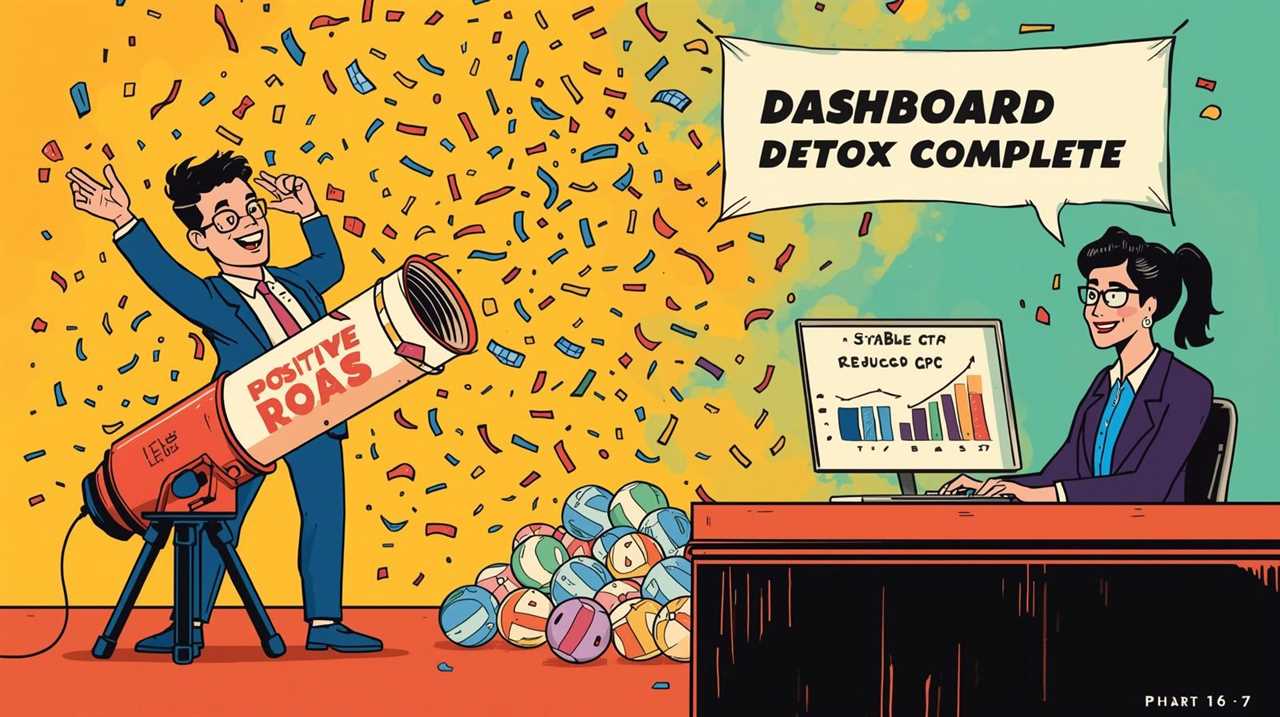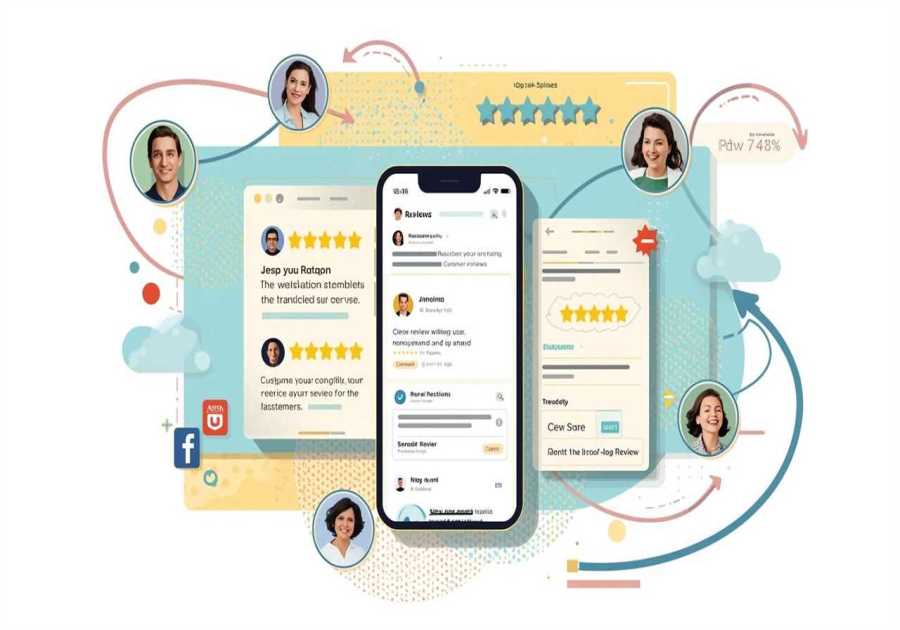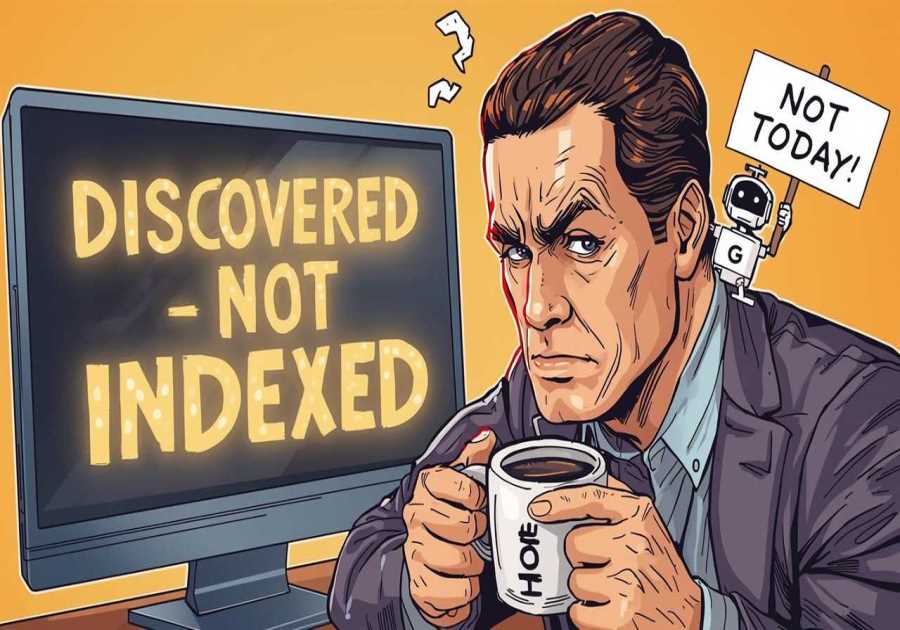
Digital ads can feel like a slot machine — you keep spending, hoping to hit the jackpot. One day you get great results; the next, your cost-per-click skyrockets. You know you need consistency, but keeping campaigns optimized across multiple platforms feels endless. The truth? Most of what drains your time isn’t strategy — it’s setup, monitoring, and maintenance. And that’s where a Virtual Assistant (VA) turns advertising chaos into efficiency.
Why Digital Advertising Needs Hands-On Support
Running ads is easy. Running them profitably is the hard part.
Every platform — Google, Meta, LinkedIn, YouTube, TikTok — evolves weekly.
Ad rules change, interfaces update, and your competitors adjust faster than you can respond.
But while strategy drives success, it’s consistent management that sustains it.
A trained VA helps you execute flawlessly: tracking data, testing variations, and maintaining alignment between campaigns and objectives.
The Hidden Work Behind Every Campaign
A single ad can involve dozens of microtasks:
- Keyword and audience research.
- Ad copywriting and formatting.
- Graphic design requests.
- Budget tracking and pacing.
- Conversion tracking setup.
- Performance reporting.
Each of these matters — and together, they can consume hours every week. Delegating the right ones frees you to focus on high-level optimization instead of repetitive execution.
The Core Digital Advertising Tasks for VAs
A skilled VA supports your ad ecosystem across platforms with precision and accountability.
1. Campaign Setup and Structure
Your VA can handle the mechanical side of campaign creation:
- Building campaigns and ad groups.
- Uploading ad copy, headlines, and visuals.
- Setting audience targeting, scheduling, and placements.
- Ensuring naming conventions and tracking parameters are correct.
When this foundation is organized, every future adjustment becomes easier — and mistakes drop dramatically.
2. Audience and Keyword Research
A VA can compile data on:
- High-performing search keywords.
- Competitor ads and messaging.
- Audience demographics, behaviors, and interests.
- Negative keyword lists to prevent wasted spend.
By maintaining research libraries, your campaigns never start from scratch — saving time while improving precision.
3. Ad Creative Coordination
While you or your strategist provide the creative direction, your VA ensures deliverables flow smoothly.
They can:
- Manage requests to designers or copywriters.
- Track which creatives are active or paused.
- Maintain a folder of ad assets organized by platform and campaign.
This helps you maintain visual consistency across all ads without creative burnout.
4. Budget Monitoring and Bid Adjustments
Your VA monitors ad spend daily or weekly — ensuring pacing stays within limits.
They’ll alert you if:

- A campaign is burning budget too quickly.
- A platform stops delivering impressions.
- Click costs spike unexpectedly.
Instead of reacting to surprises, you’ll stay in control.
5. Conversion Tracking and Quality Checks
Broken tracking means blind advertising.
Your VA tests:
- Pixel and tag installation.
- Conversion events (purchases, form submissions).
- UTM parameters for source attribution.
- Analytics alignment between Google Ads, GA4, and Meta Ads Manager.
This guarantees that every click is tracked correctly, ensuring you can trust your ROI metrics.
Feeling buried under dashboards and reports?
Schedule a free digital advertising systems consultation with Scott and discover how a skilled VA can manage your ad dashboards, pacing, and reports — so you can focus on creative strategy, not constant monitoring.
6. Reporting and Performance Analysis
Your VA can generate weekly or monthly reports summarizing:
- Click-through rate (CTR).
- Cost per acquisition (CPA).
- Return on ad spend (ROAS).
- Best-performing campaigns and creatives.
They visualize trends using dashboards in Google Sheets or Data Studio — giving you instant insight without manual calculations.
7. Cross-Platform Coordination
Consistency across ad platforms improves brand recall.
A VA can synchronize:
- Messaging and offers across Meta, Google, and TikTok.
- UTM tagging for unified reporting.
- Remarketing audiences between platforms.
By centralizing these workflows, your ads tell one clear story — instead of competing for attention.
8. A/B Testing and Experiment Tracking
Your VA can manage structured experiments, documenting each test’s setup, goal, and outcome.
Examples include:
- Headline or thumbnail variations.
- Landing page versions.
- Audience segment comparisons.
They’ll archive results, so every test adds to your knowledge base instead of vanishing in the data fog.
9. Retargeting and Audience Refresh
Your VA maintains and refreshes retargeting lists, ensuring they stay current and compliant.
They remove inactive audiences and upload new segments monthly, keeping ads relevant and efficient.
10. Ad Policy Compliance and Quality Control
Platforms frequently update their ad guidelines.
Your VA stays ahead by reviewing disapproved ads, reading policy updates, and making corrections.
This prevents unnecessary downtime and keeps your account in good standing.
Advanced Tasks for Experienced Advertising VAs
Once your VA masters the fundamentals, they can move into more strategic operations, such as:
- Creating automated rules to pause underperforming ads.
- Managing Google Ads scripts for bid adjustments.
- Scheduling reports via email for stakeholders.
- Updating creative rotation schedules automatically.
These advanced automations multiply your efficiency without adding workload.
Tools That Empower an Advertising VA
A great advertising VA knows their way around:
- Google Ads / Meta Ads Manager / TikTok Ads / LinkedIn Campaign Manager — core platforms.
- Canva / Figma — ad creative management.
- Google Analytics / Data Studio / GA4 — reporting.
- Trello / Asana / ClickUp — task management.
- Zapier / Make — automation integration.
They combine these tools to keep your campaigns running like a well-tuned engine.
How to Train and Onboard a Digital Ads VA
- Start small. Assign them one campaign or platform first.
- Share templates. Provide examples of ad naming conventions, report layouts, and tracking setups.
- Record walkthroughs. Use Loom to demonstrate your structure.
- Set clear review cycles. Weekly performance reviews help refine their process.
- Encourage documentation. Let them build SOPs for recurring ad tasks.
In a month, they’ll know your advertising system as well as you do — and probably spot errors faster.
Why Delegating Ad Management Boosts ROI
When you stop micromanaging dashboards, you can focus on strategic questions:
- Which audiences convert best?
- Which channels deliver the highest lifetime value?
- Where can I scale budget for maximum impact?
Your VA handles the mechanics so you can think like a strategist.
That shift from tactical to strategic thinking is where profits multiply.
Common Mistakes to Avoid When Delegating Ads
- Dumping everything at once. Gradual handover builds confidence.
- Ignoring naming conventions. Disorganization kills clarity.
- Skipping documentation. If it’s not written, it’s forgotten.
- Not granting proper access. Avoid giving full admin rights too early — assign role-based permissions.
These boundaries protect both your data and your sanity.
FAQ
Q: Can a VA manage my Google and Meta ads at the same time?
Yes. A multi-platform VA can coordinate ad creation, scheduling, and tracking across Google, Meta, and TikTok for cohesive brand presence.
Q: How do I measure my VA’s effectiveness?
Evaluate by metrics consistency — reduced errors, timely reporting, and clear communication on campaign performance.
Q: Can a VA help reduce ad spend waste?
Absolutely. By maintaining negative keywords, auditing targeting, and optimizing bids, they help stretch your ad budget further.
Final Thoughts
Digital advertising doesn’t have to drain your time or your wallet. With a Virtual Assistant managing your ad operations, you gain clarity, consistency, and control. They keep your dashboards clean, your campaigns compliant, and your strategy free to evolve.
🚀 Explore how virtual assistants can streamline your ad management process and start scaling smarter instead of working harder.






